Popcorn ceilings were popular in the mid-20th century for their ability to hide imperfections and dampen sound. However, many popcorn ceilings installed before the 1980s contain asbestos, which presents a health hazard if you plan to remove or disturb the texture. Here are a few quick tips to help determine if a popcorn ceiling is asbestos containing:
Age of the House: Asbestos was commonly used in construction materials until 1978 when its health risks became widely recognized. If your house was built before 1980 and the popcorn ceiling hasn't been replaced or modified since then, there's a higher likelihood of it containing asbestos.
Laboratory Testing: The only way to definitively know if popcorn or any material contains asbestos is to have it tested by a certified laboratory. Having a licensed asbestos building inspector conduct the inspection, sample collection and submission to the laboratory is the most accurate and reliable method of testing.
What about a visual inspection?
While asbestos containing popcorn can have a more textured and irregular appearance, it’s not a definitive method for determining if popcorn is asbestos containing. Again, the only way to know for sure is to test.
Keep in mind that asbestos is only hazardous when it becomes airborne and is inhaled, so if your popcorn ceiling is intact and in good condition, it likely poses minimal risk. However, if you suspect asbestos or plan to disturb the ceiling in any way, it's recommended to take precautions to protect occupant and worker health.
Don’t hesitate to contact Alpine Building Performance for questions regarding asbestos or lead testing We are a licensed asbestos and lead consulting firm in the State of Colorado and can perform full service testing.

